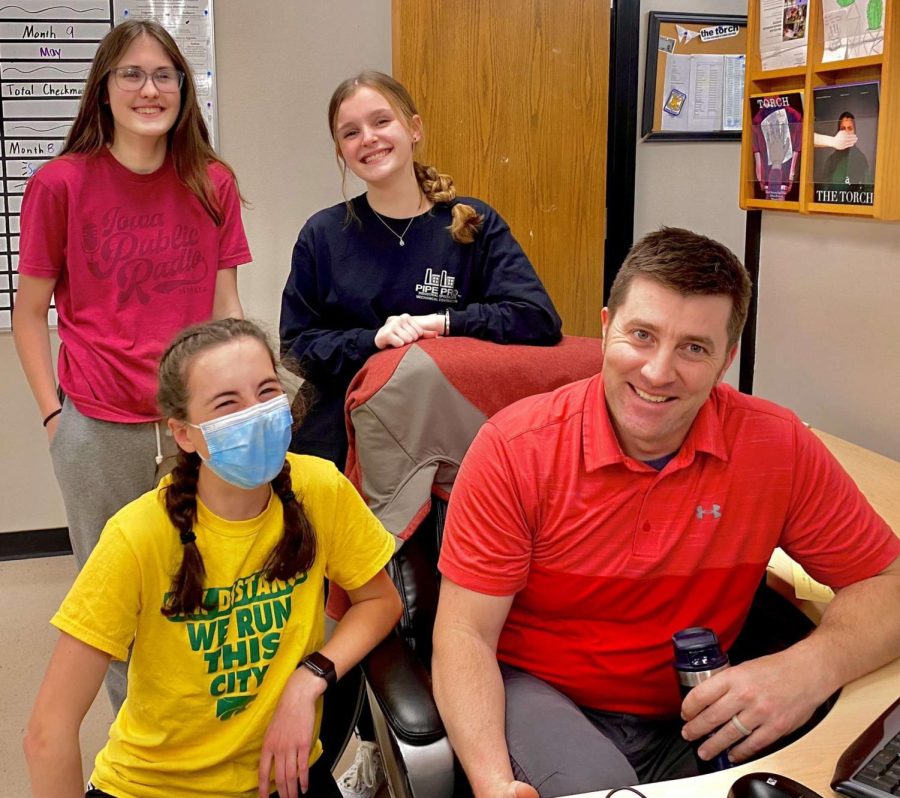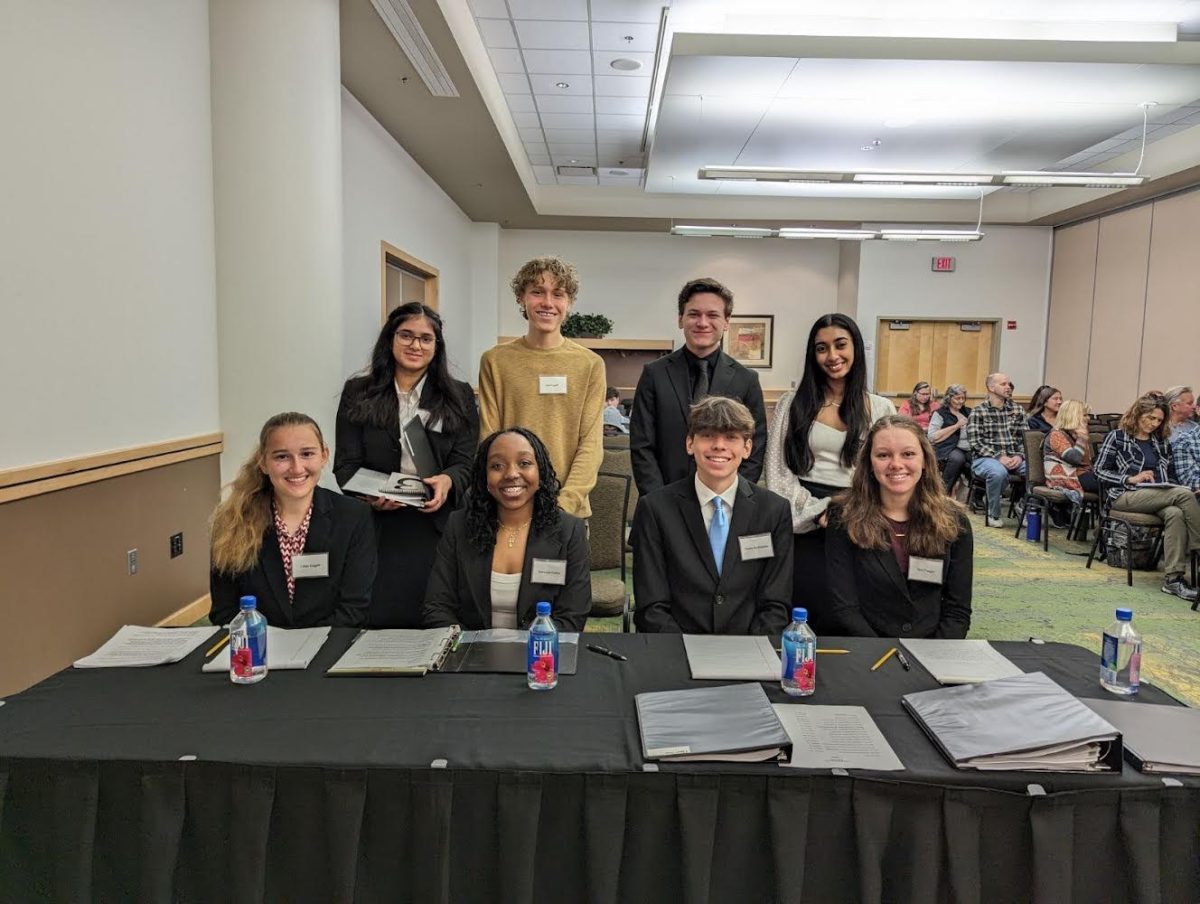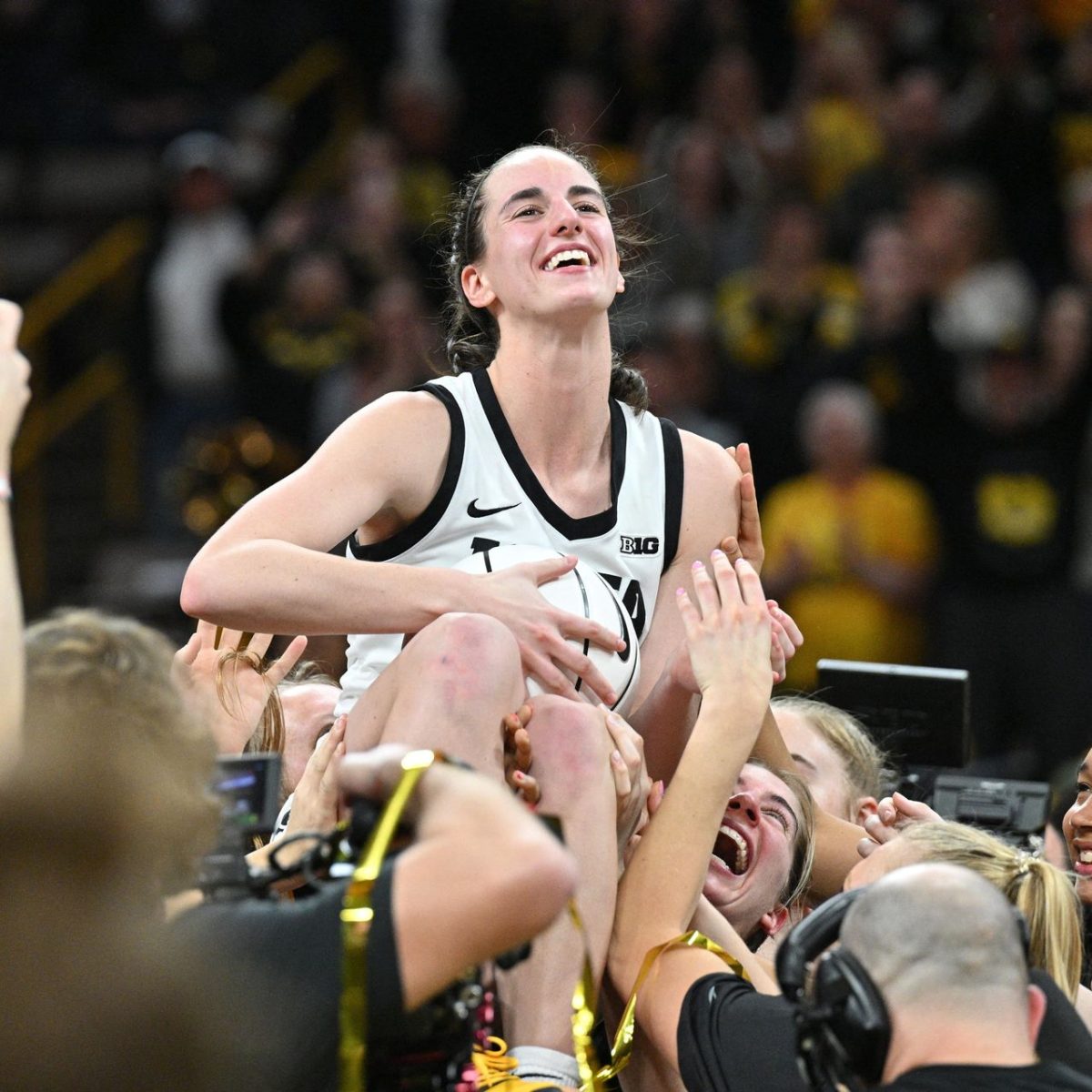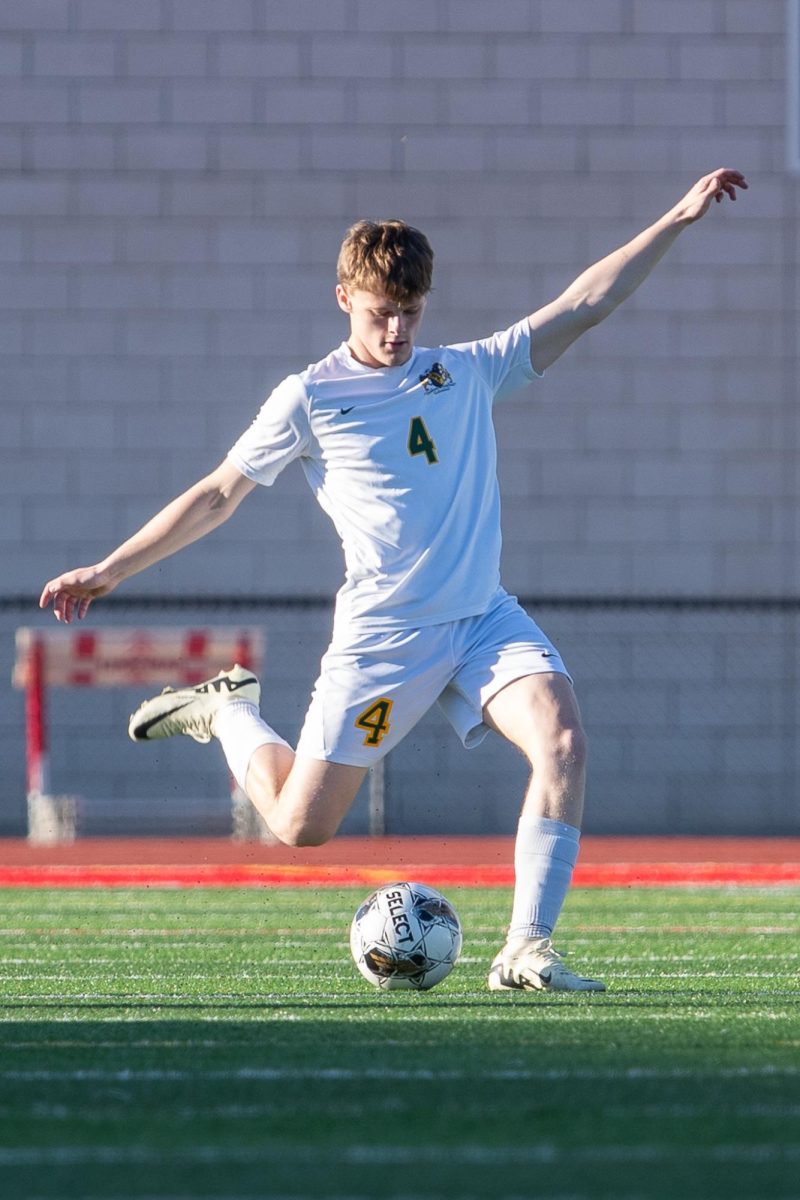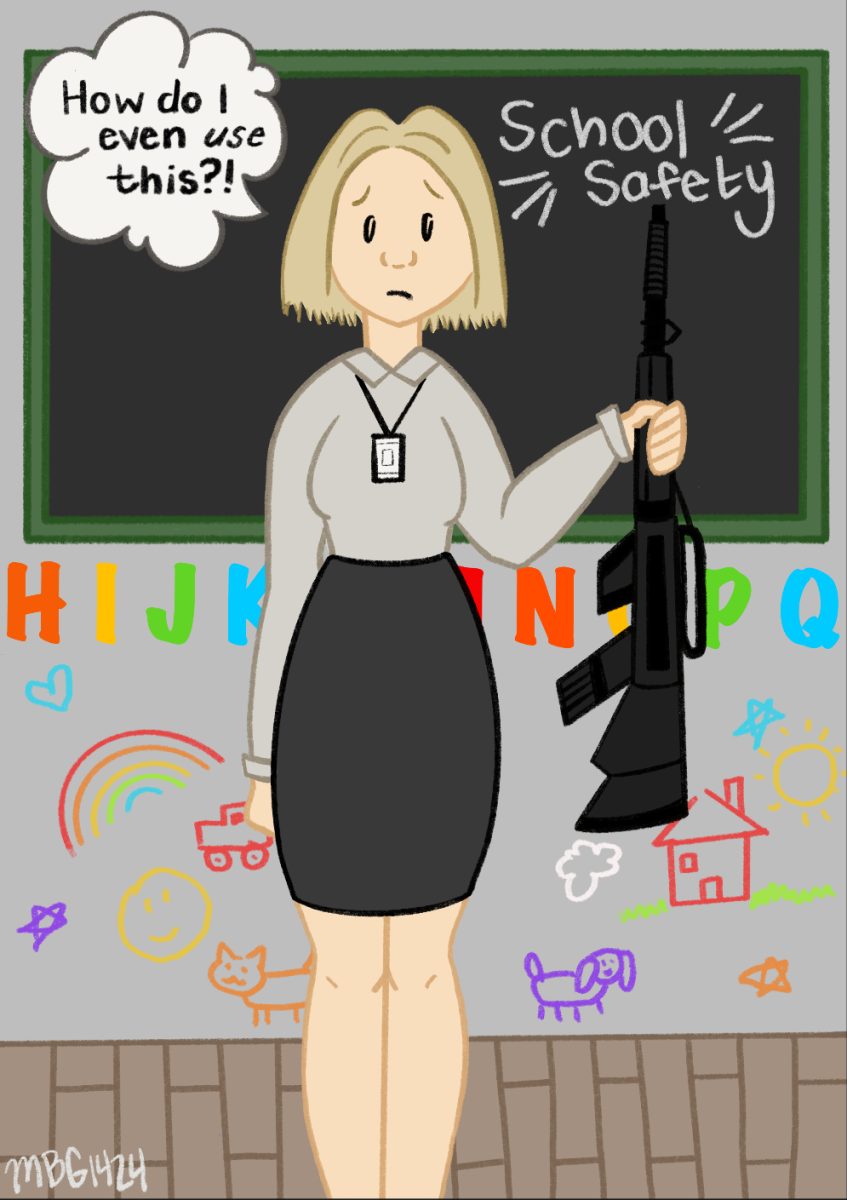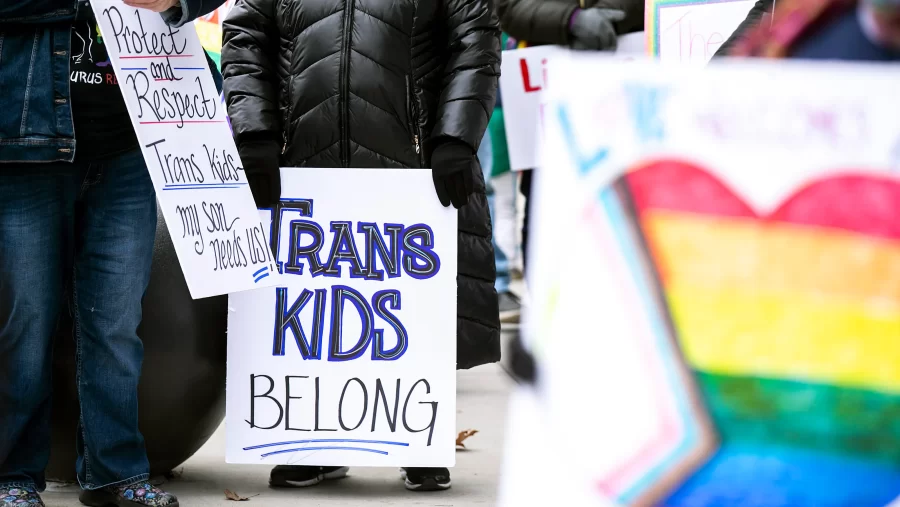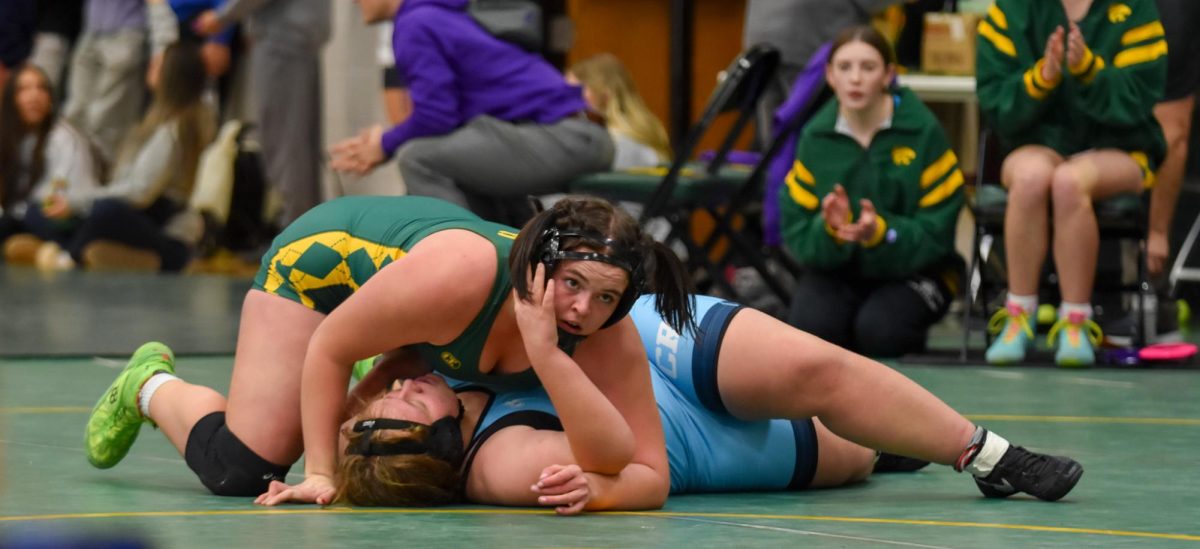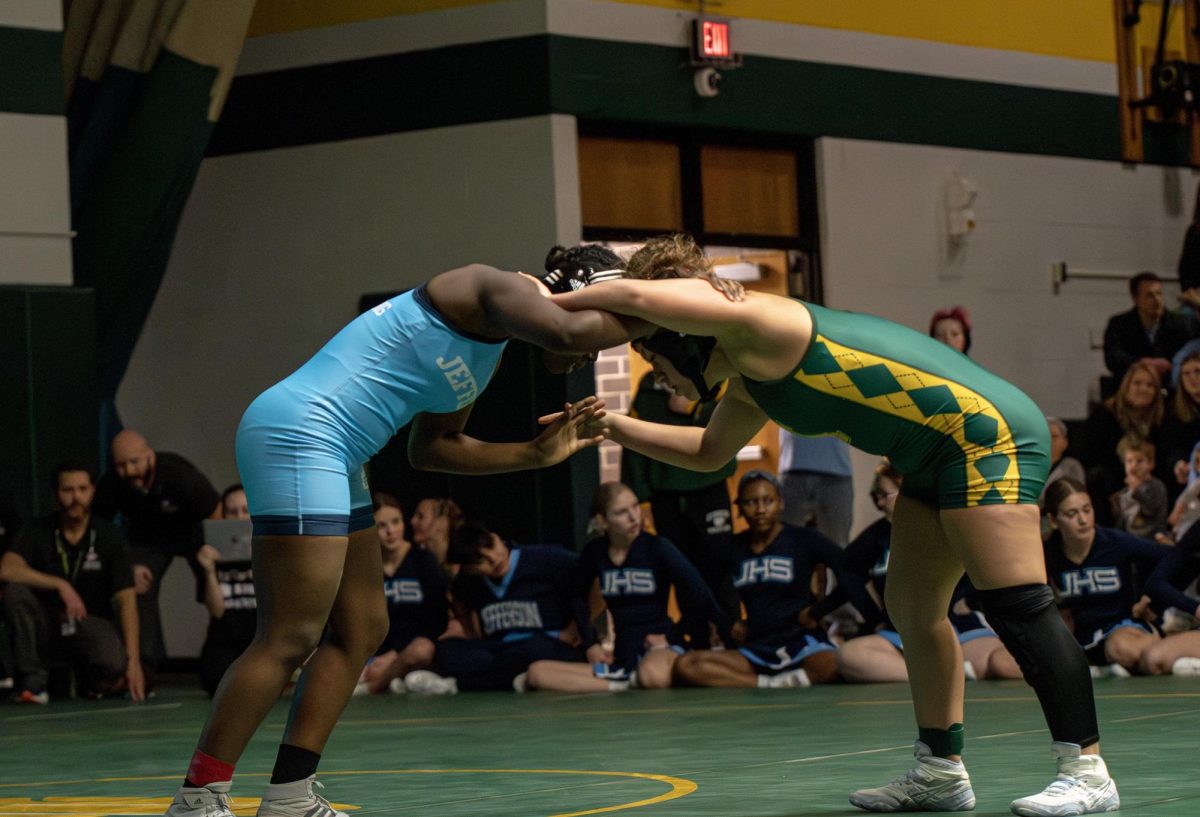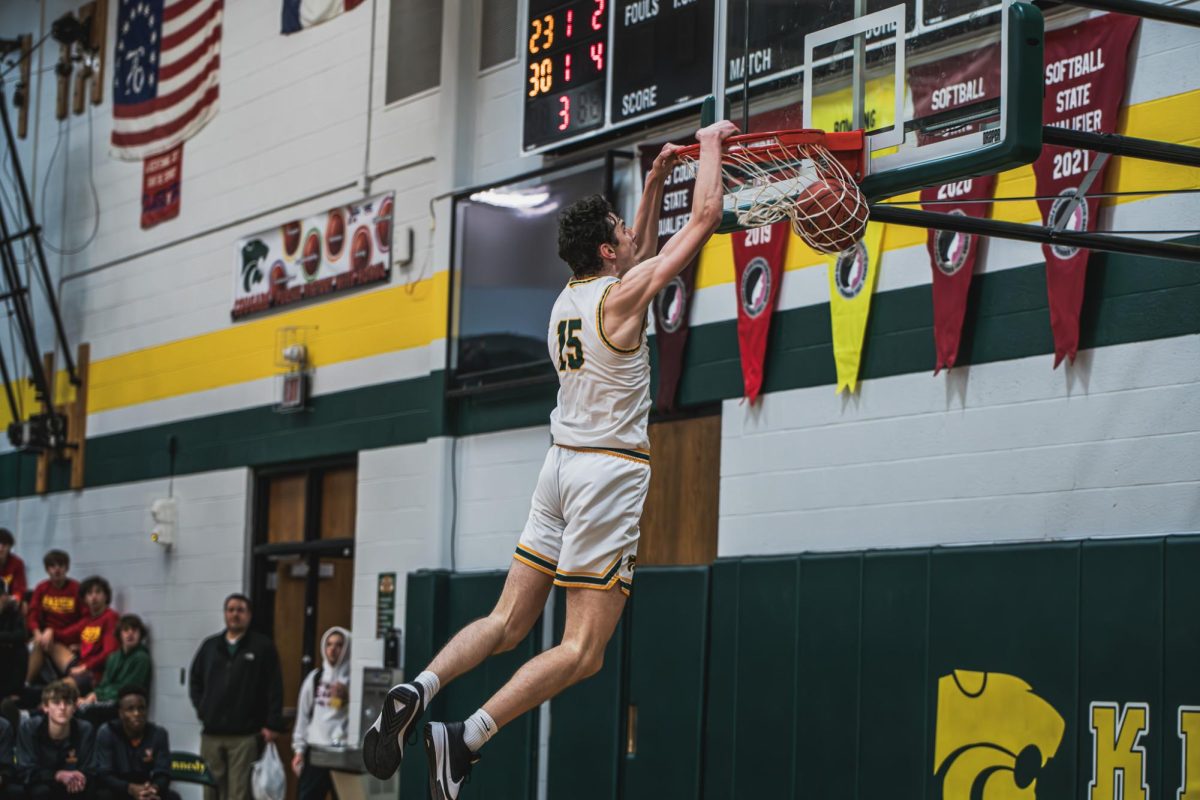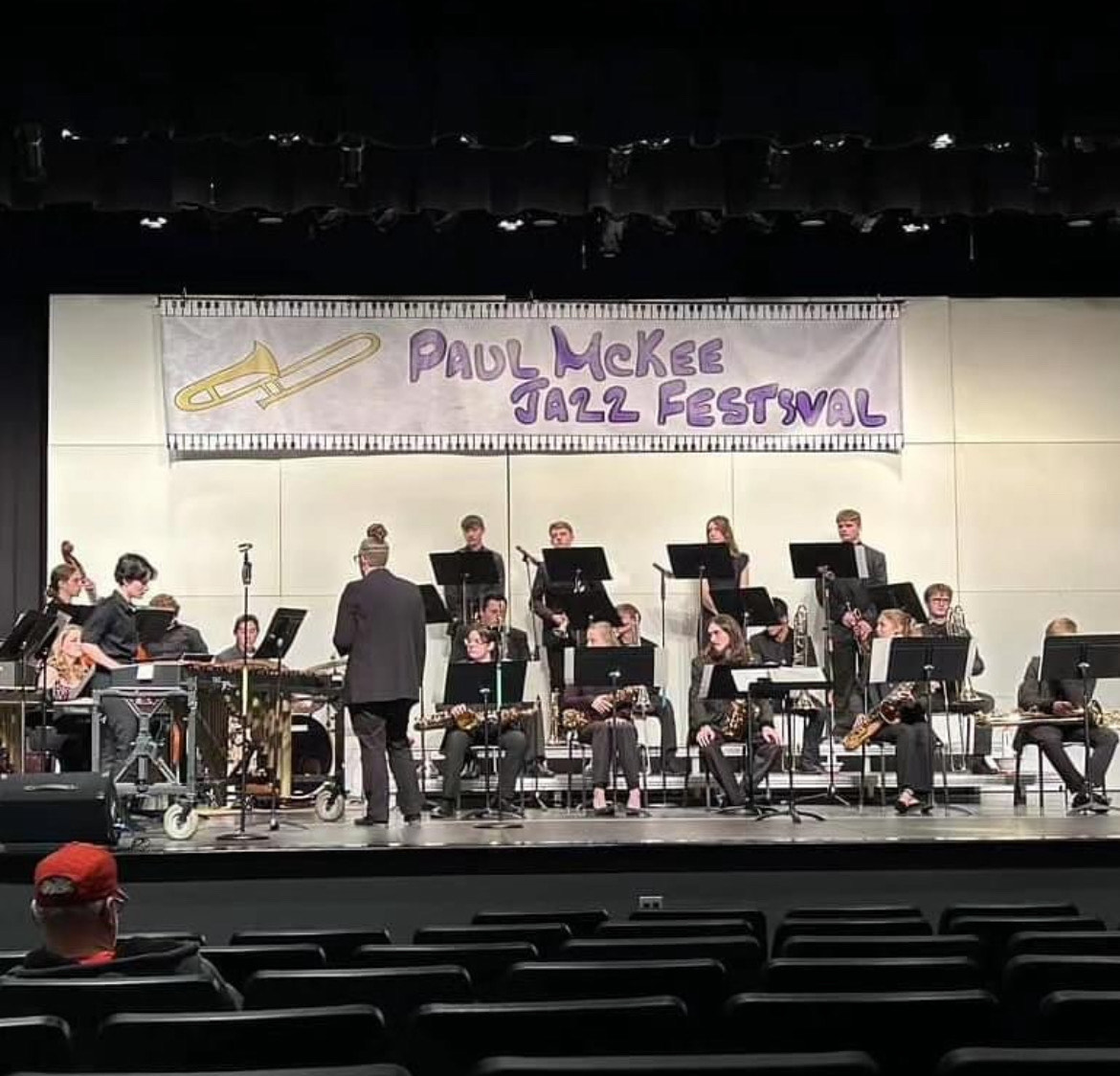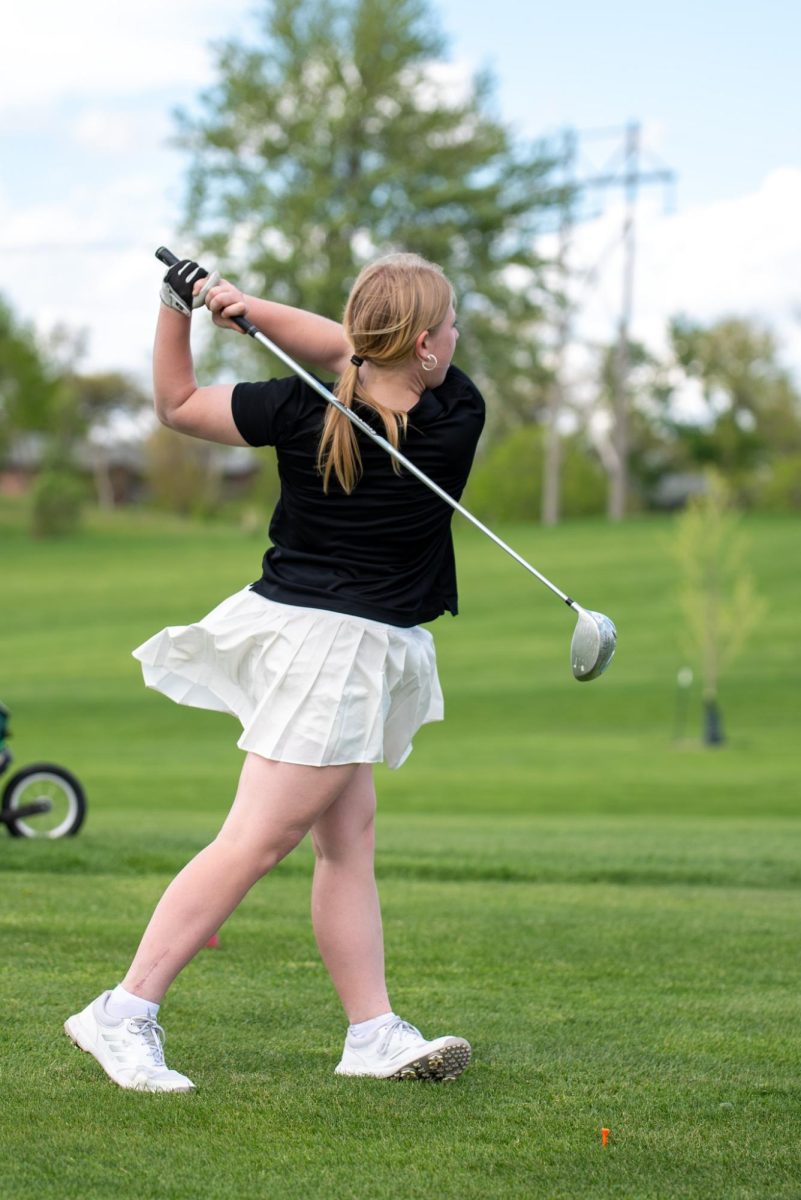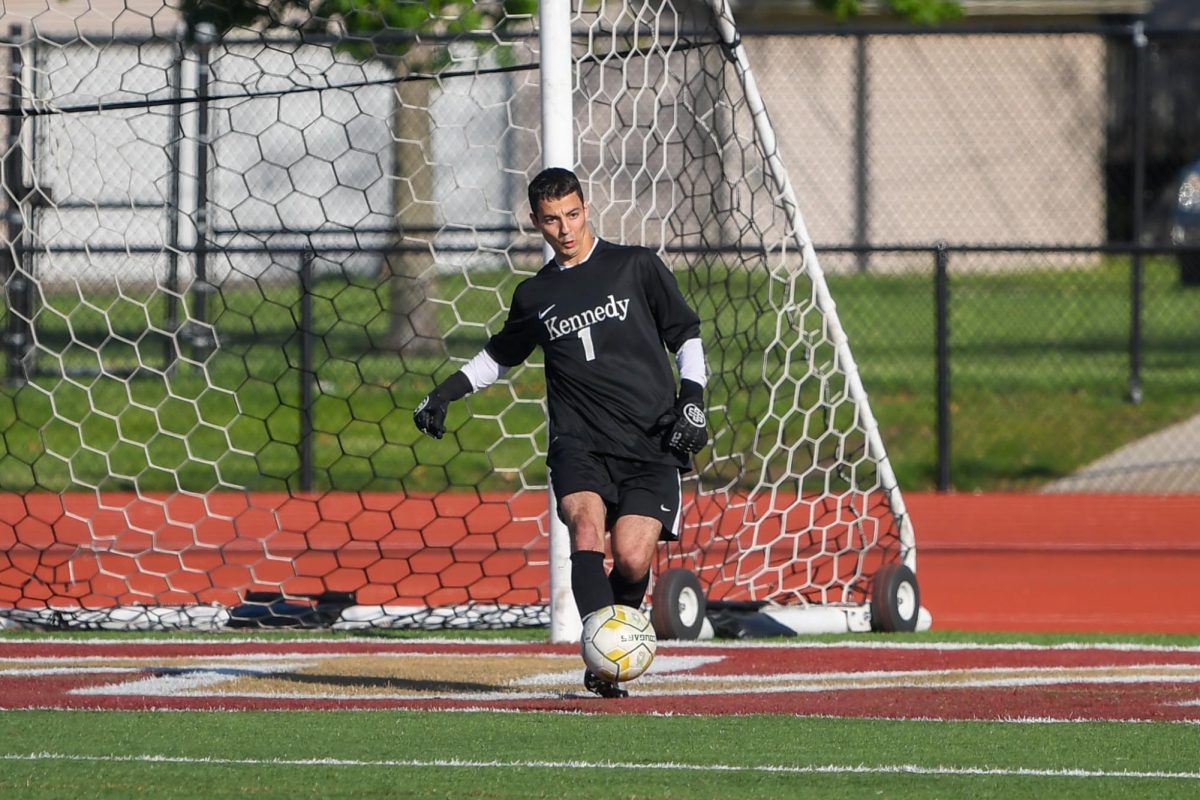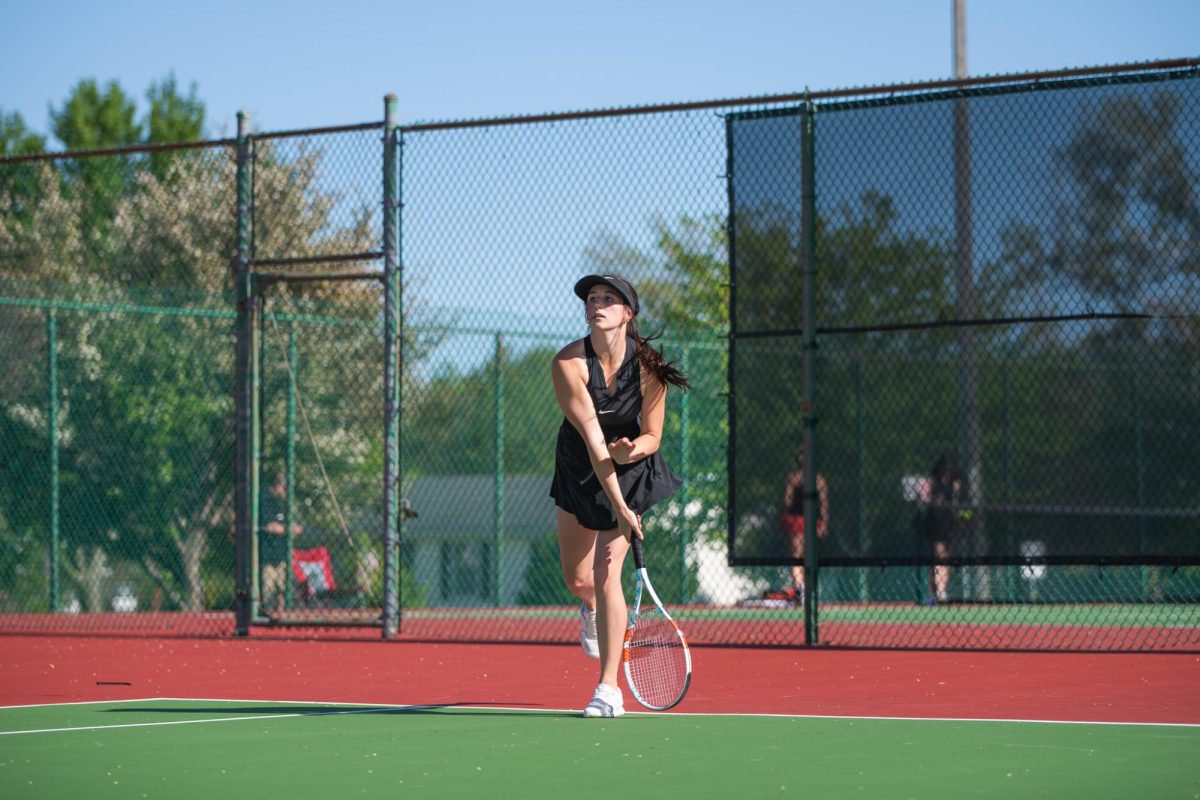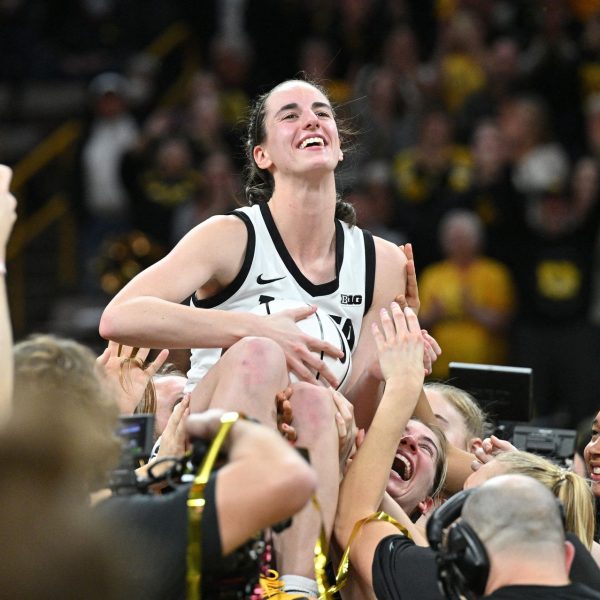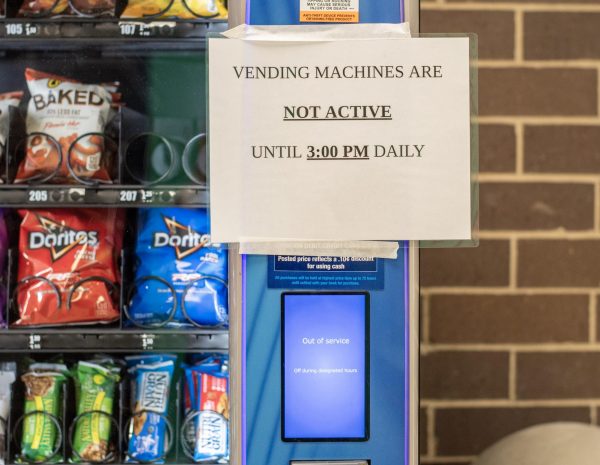Phones Go to Jail
Some teachers have started to use phone hotels in their classrooms.
At the beginning of the second semester, new rules were implemented in rooms across Kennedy. Multiple teachers made the decision to put cell phone holders (also referred to as phone hotels or phone jails) into their classrooms to limit screen time during class.
When students walk into these classrooms, they’re required to put their phones into a pocket hung on a door or wall. Some teachers offer breaks during class to give students time to check their phones.
“We have [phones] at the beginning of class. They turn it in and then we do instruction for about 25 minutes,” said language arts teacher Katie Peterson. “Then, they get a break and they get to use their phones over their break time, and then when their break is over, they turn them back in. It’s kind of like they get them in increments of different times.”
Using the phone holders during class time can motivate students. Knowing they can use their phones once their work is finished keeps students focused on classwork. However, not all teachers allow students to access their phones during free time.
“There are multiple times a day when teachers finish class early and I have nothing to do because of being caught up in my work,” said junior Juana Rodriguez.
Other times, students become so engrossed in their work, they don’t even realize their cell phones are not in reach.
“I don’t ever feel like I miss my phone during class because most of the time I’m working on something that is distracting me from thinking about my phone,” said junior Gracie Park.
The phone hotels also redirect students from their screens to build relationships with peers.
If you walked into Peterson’s classroom during the first semester, students’ eyes might not even glance up from their screens to see who came through the door. Now, after the phone hotels were implemented, students are having conversations with each other.
“More of the attention is focused on what’s actually happening in class. I also see them conversing with their peers a little bit more instead of sitting on their screens and typing and snapping, to where there’s actually more conversations happening face to face then through a screen. Which is great,” said Peterson.
Despite some student frustration about the new rules, teachers have noticed positive impacts in the class atmosphere.
“I would say that it is more of a positive than a negative,” said Peterson.
Your donation will support the student journalists of Kennedy High School - IA. Your contribution will go towards the purchase of a new lens for our photographers.

My name is Nolyn, I'm a junior and this is my first year of torch. I have done show choir. I enjoy being with my family and going on vacation.
Yo! I'm Cael, I use he/him pronouns. I'm a junior that mainly does digital art for the Torch. While I may not be very active in the classroom, I'm still...

